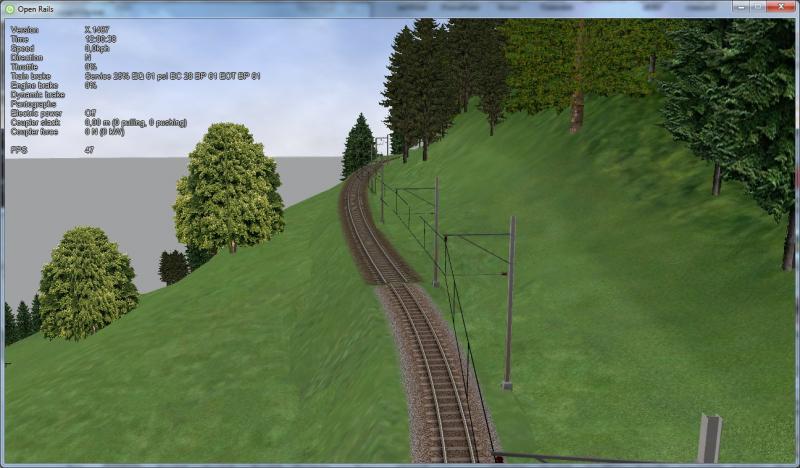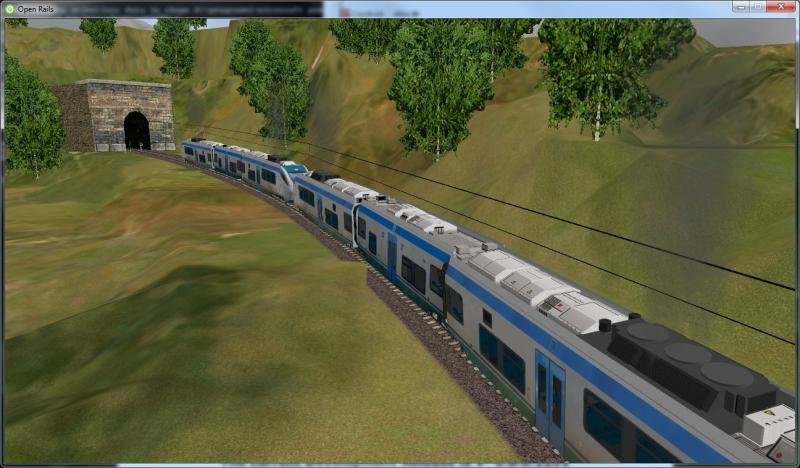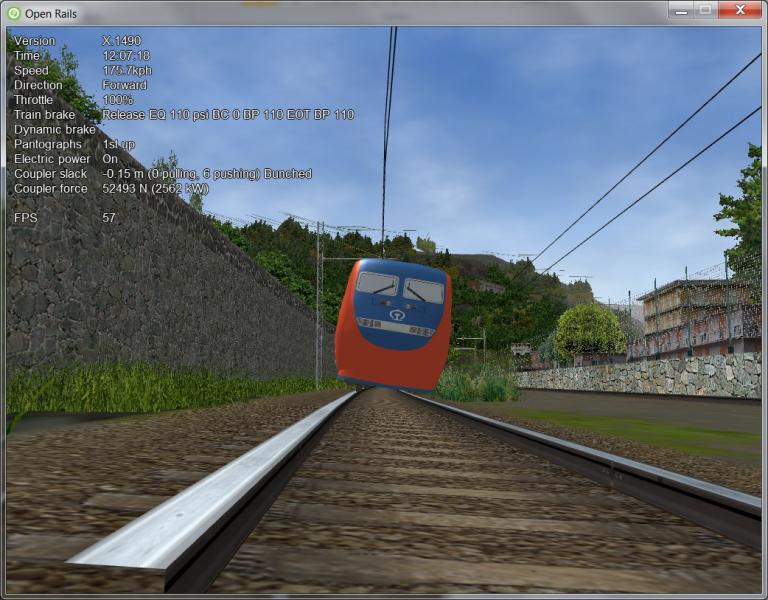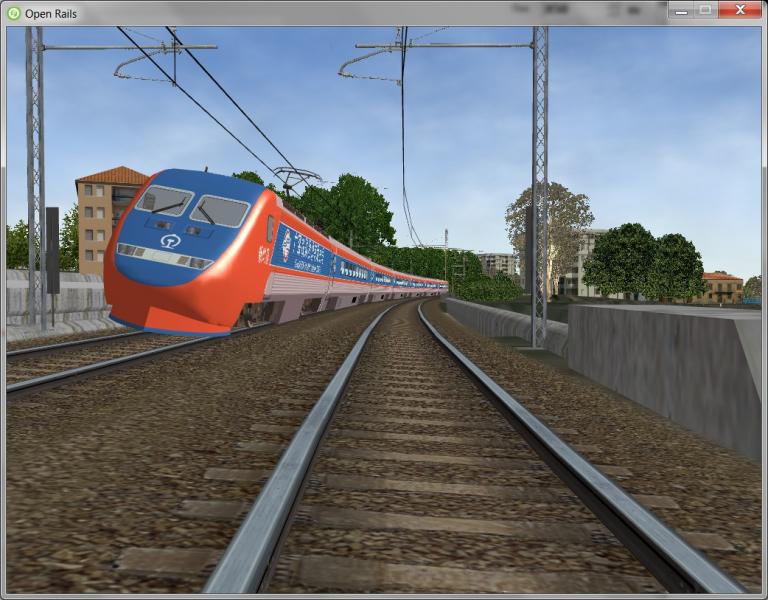 _o_OOOO_oo-Kanawha, on 13 March 2013 - 11:59 AM, said:
_o_OOOO_oo-Kanawha, on 13 March 2013 - 11:59 AM, said:
But then, what are the chances of really new OR-only routes?
What track should they use? ScaleRail, DB Tracks? IMO these features make best sense with modern slim profile high detail track.
I haven't built any routes myself, so don't know for sure, but don't ScaleRail and DB Tracks only come in fixed pieces, much like a model railroad track set?
That way, an extra variable could define the proper amount of superelevation for each speed range. It will require cooperation from their authors.
The problem of easements in and out of the superelevated curves still persists but could perhaps be automated or set to a certain length of adjacent track.
Is there also a flex track equivalent in SR or DB? Then some automatic setting of the s-e parameter must be programmed into the route editor.
The short reply is none of the above (except for the phrase "It will require cooperation from their authors"). To do super elevation correctly will require track that is not created by using pre-defined shapes but instead produced from a pre-defined profile. So right there, toss out every MSTS route as they presently stand. It would be possible to code replacement track form the .tdb that could in turn have someone figure out where super-elevation is to go and to what extent the rail is raised and add those decisions to some file that would be read by OR. Whether anyone is willing to try and code that is one issue; whether any of the persons would built routes would return to the fold and make those decisions (or authorize someone else to do it) is another issue.

 Log In
Log In Register Now!
Register Now! Help
Help











